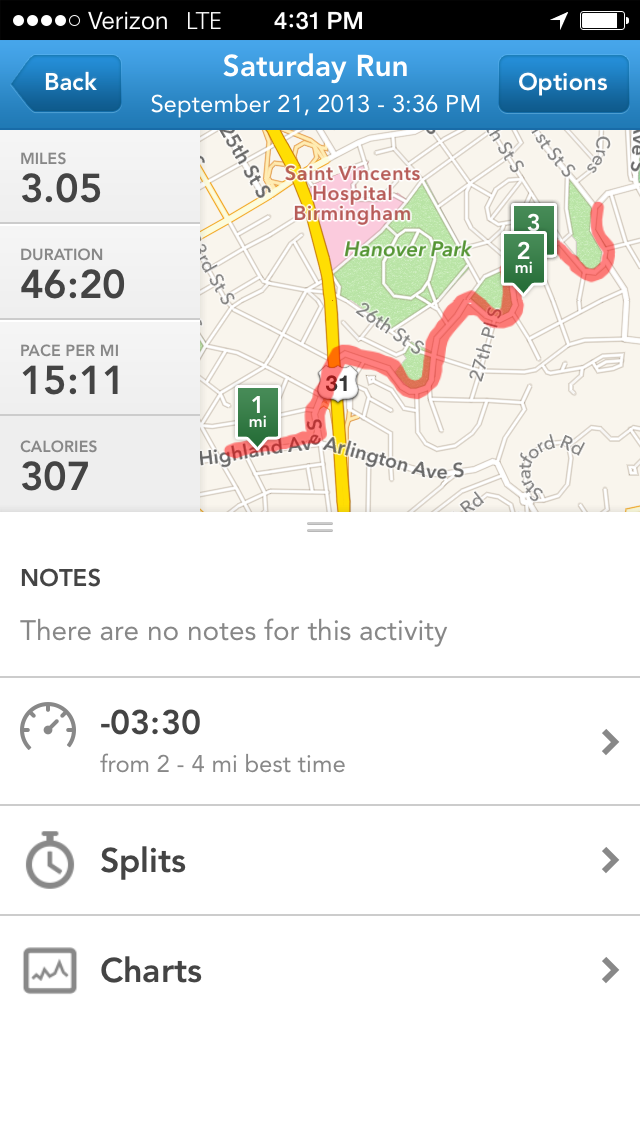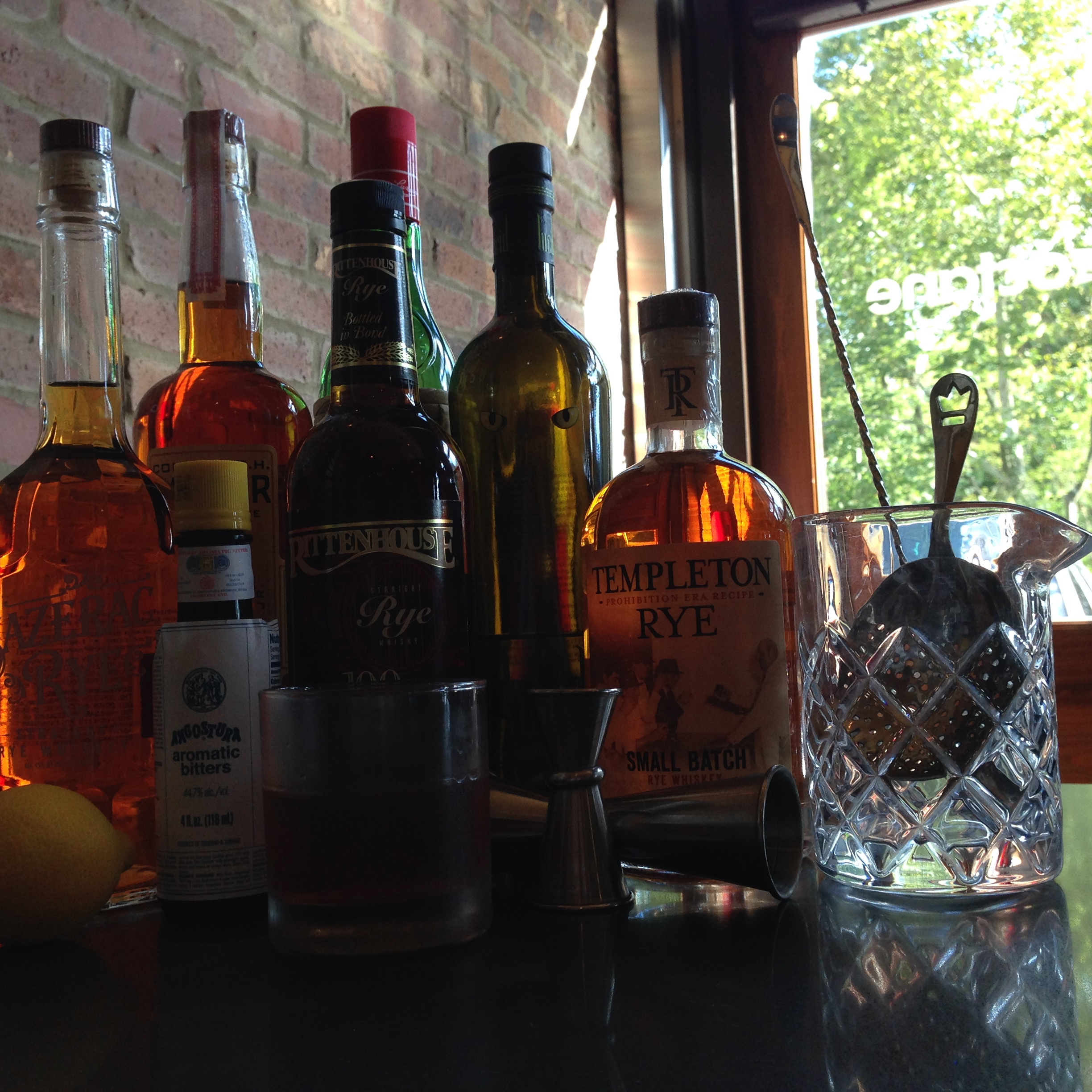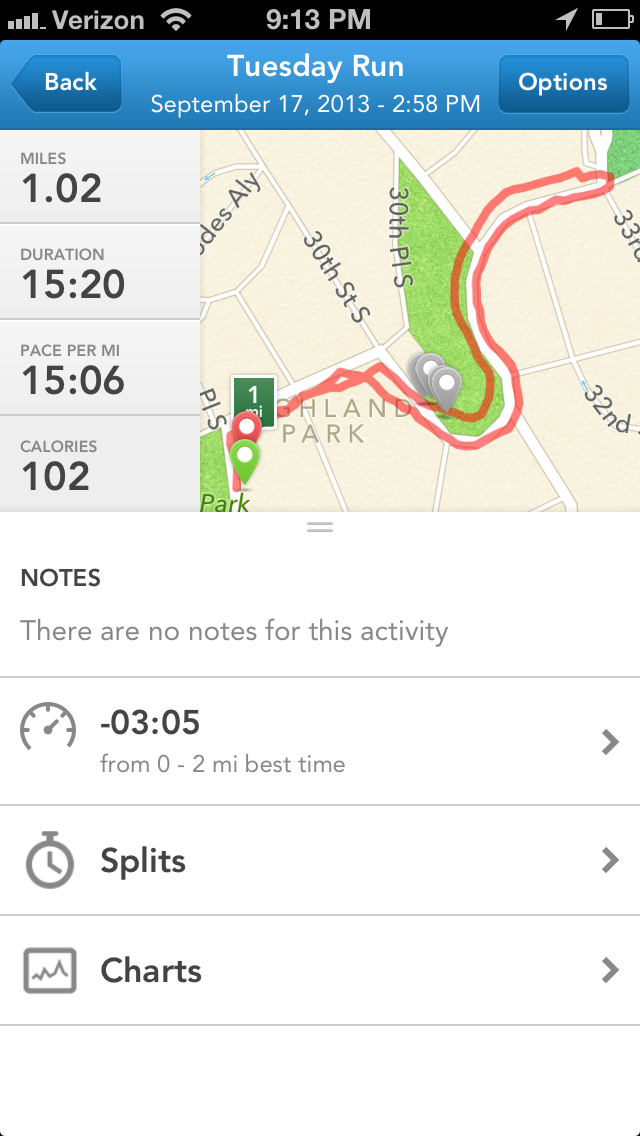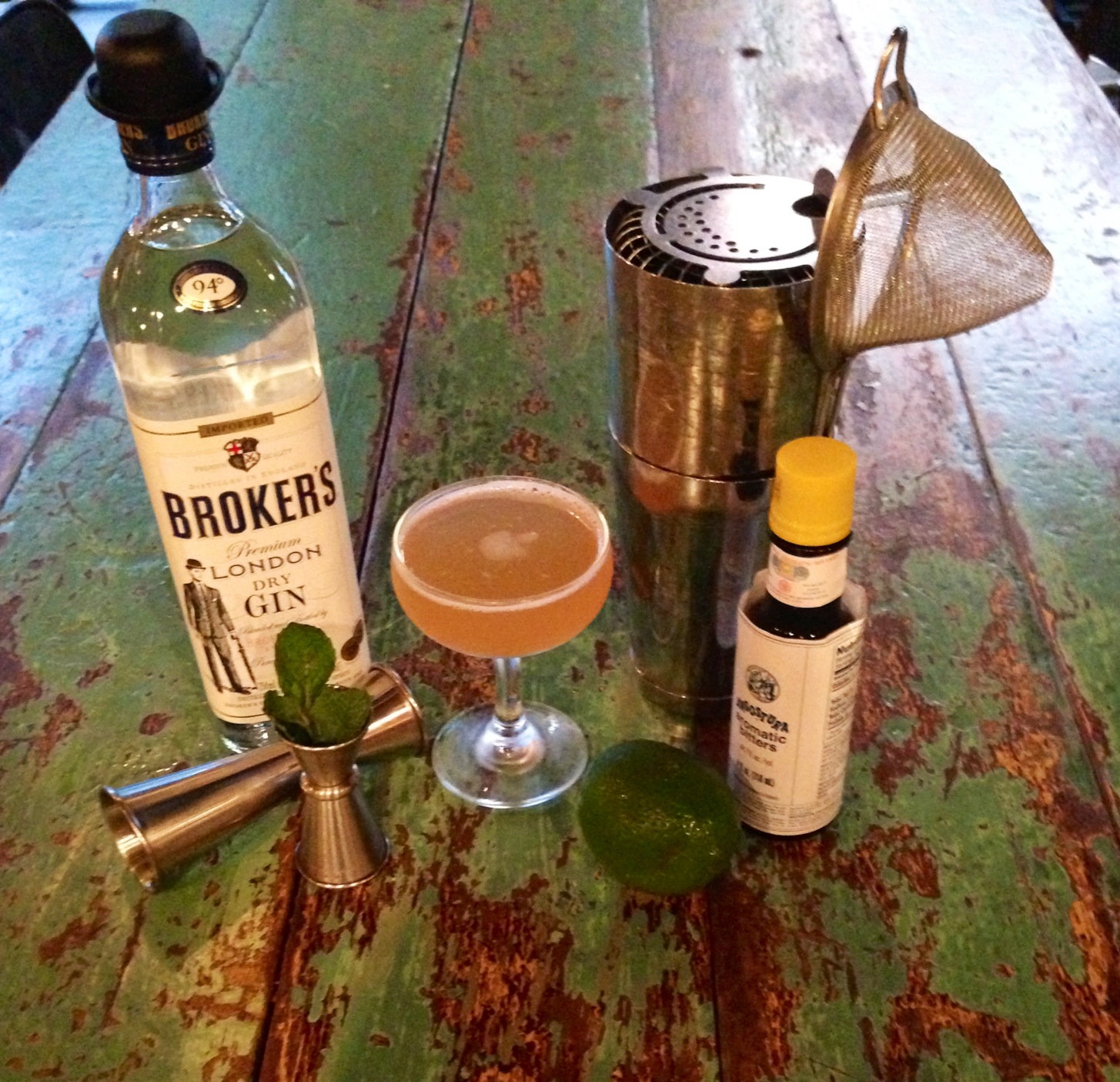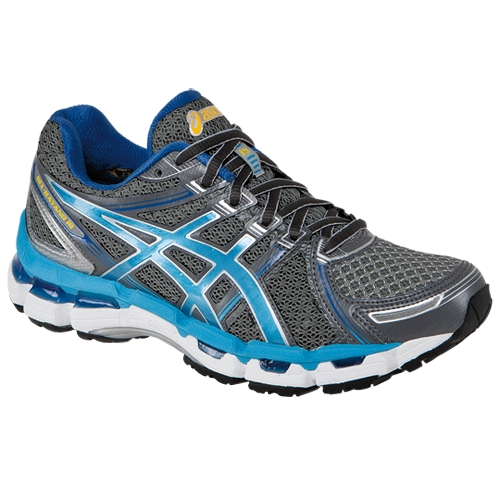 I'm not a morning person. Combined with my bartending schedule, my preference for being productive starting around noon usually means I don't go running until the hottest part of the day. During the summer, that means I'm running in high temperatures and stupidly humid conditions. If there's a hell, I'm pretty sure mine would include daily runs at 2 PM in July in Alabama.
Since the temperatures have cooled a little, my problems have changed slightly. Now, knee pain, overwork and poor hydration have me almost constantly laid out. As an aside, the first two weeks of training with Resolute Running felt good. Each run caused soreness, but recovery was quick and relatively painless. Since I caught the superbug/evil snot monster infestation, running and working have just made me very tired.
I'm not a morning person. Combined with my bartending schedule, my preference for being productive starting around noon usually means I don't go running until the hottest part of the day. During the summer, that means I'm running in high temperatures and stupidly humid conditions. If there's a hell, I'm pretty sure mine would include daily runs at 2 PM in July in Alabama.
Since the temperatures have cooled a little, my problems have changed slightly. Now, knee pain, overwork and poor hydration have me almost constantly laid out. As an aside, the first two weeks of training with Resolute Running felt good. Each run caused soreness, but recovery was quick and relatively painless. Since I caught the superbug/evil snot monster infestation, running and working have just made me very tired.
Right now, I'm frustrated. It seems that almost everything I do is exhausting, and running just heightens it. Running has never been my favorite past time, but it's always been bearable. For a while, it was invigorating, empowering and sometimes even refreshing. I needed it.
Now, it almost feels like a task. I've depleted my sleep reserve and don't know how to get my equilibrium back. What I do know is that I'll start by going for a short run today and, let's be honest, follow it with a nap. At some point, though, I'd really like to not feel quite so tired.
Title today comes from a quasi-inspirational saying. Got any tips for beating exhaustion? Leave them in the comments!








